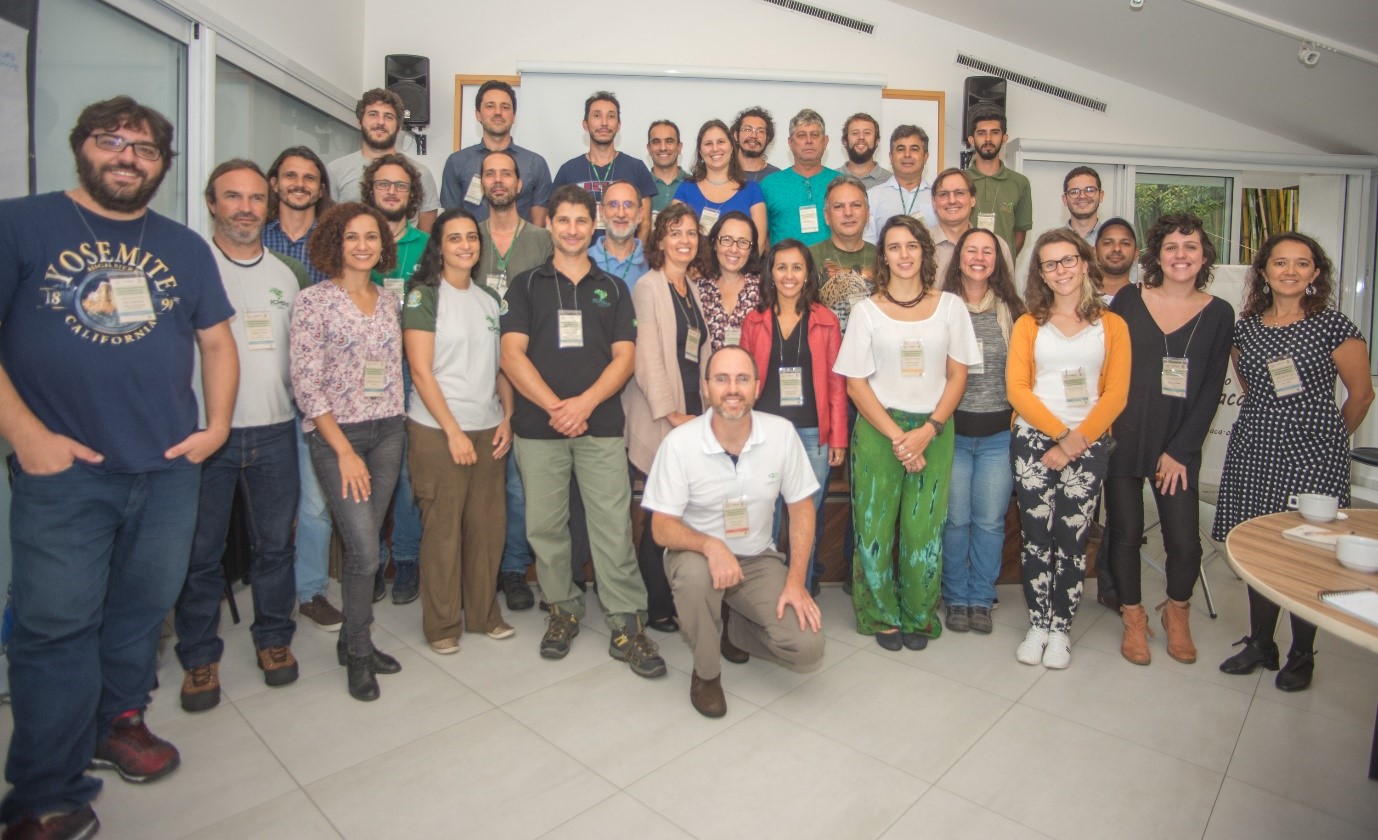Story shared by Gustavo Gatti, Conserve Brasil and Anita Diederichsen, WWF-Brasil.
The scarcity of fauna in Brazil is often related to direct and indirect human pressure, such as forests conversion, poaching, or impacts from infrastructure, for example. A huge challenge protected areas managers face is the lack of updated information on whether or not those areas are being successful in conserving important species.
In this context, a group of biologists from two Brazilian non-profit organizations, the Instituto de Pesquisa Ecológica de Cananéia and the Instituto Manaca, are promoting a network for the monitoring of big mammals in one of the most important Atlantic Forest remnants. The federal agencies and two state environment agencies, NGOs, law enforcement agencies, and private reserve owners joined the monitoring network, encompassing around 30 protected areas.
The coordinators of the network were coached by Anita Diederichsen and Gustavo Gatti towards the development of a general conceptual model for the conservation of jaguars, tapirs, and white-lipped peccaries, as the conservation targets that will represent all important threatened local mammals. The results chain illustrated how such a coordinated monitoring effort can contribute to the conservation of mammals in this biodiversity hotspot.
During two workshops, the network participants learned about the importance of monitoring conservation targets, aligned expectations, and agreed on next steps.

Members of the Atlantic Forest Network for the Monitoring of Big Mammals at an Open Standards workshop in Brazil, 2019. Photo credits: Gustavo Gatti, Conserve Brasil
